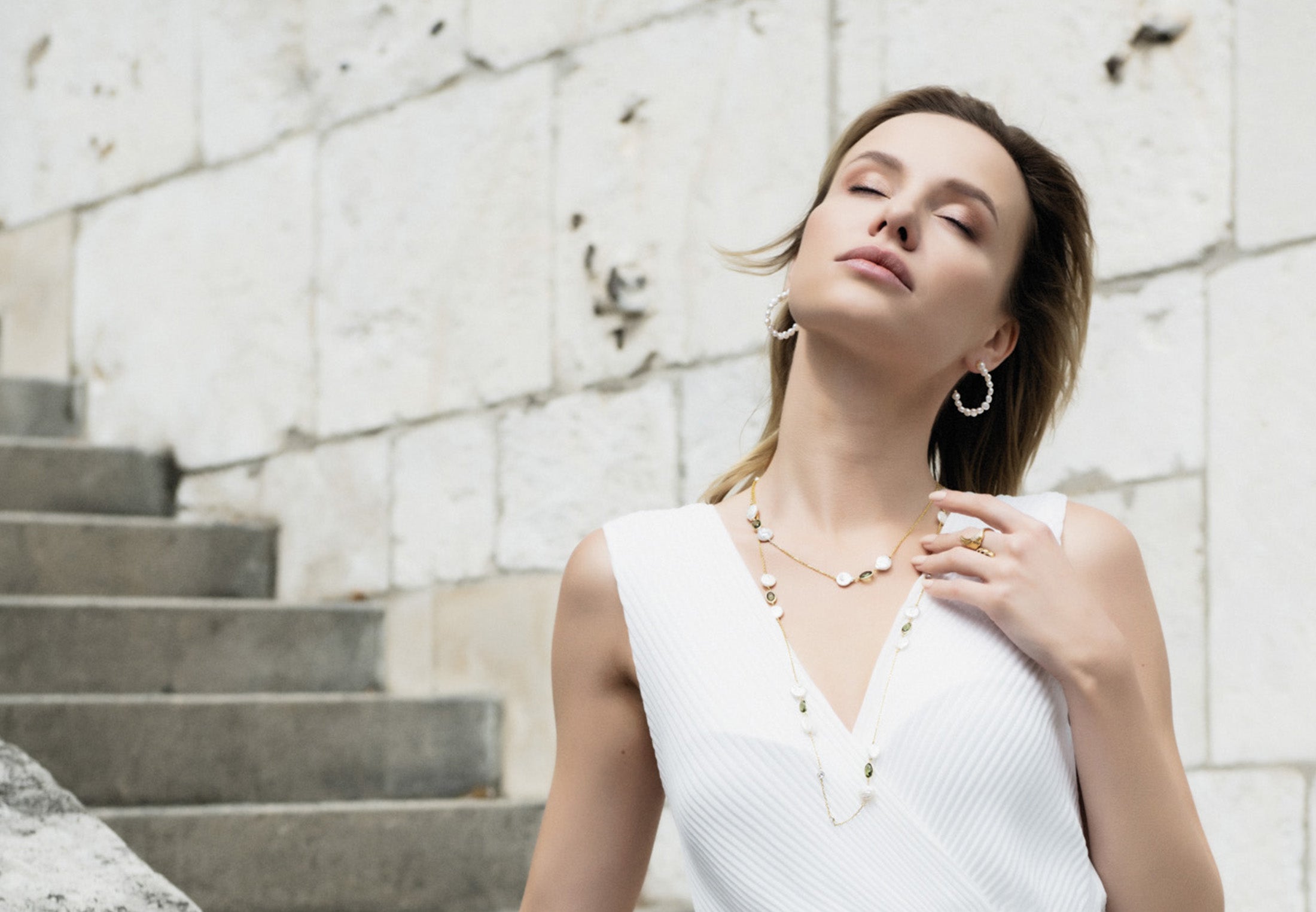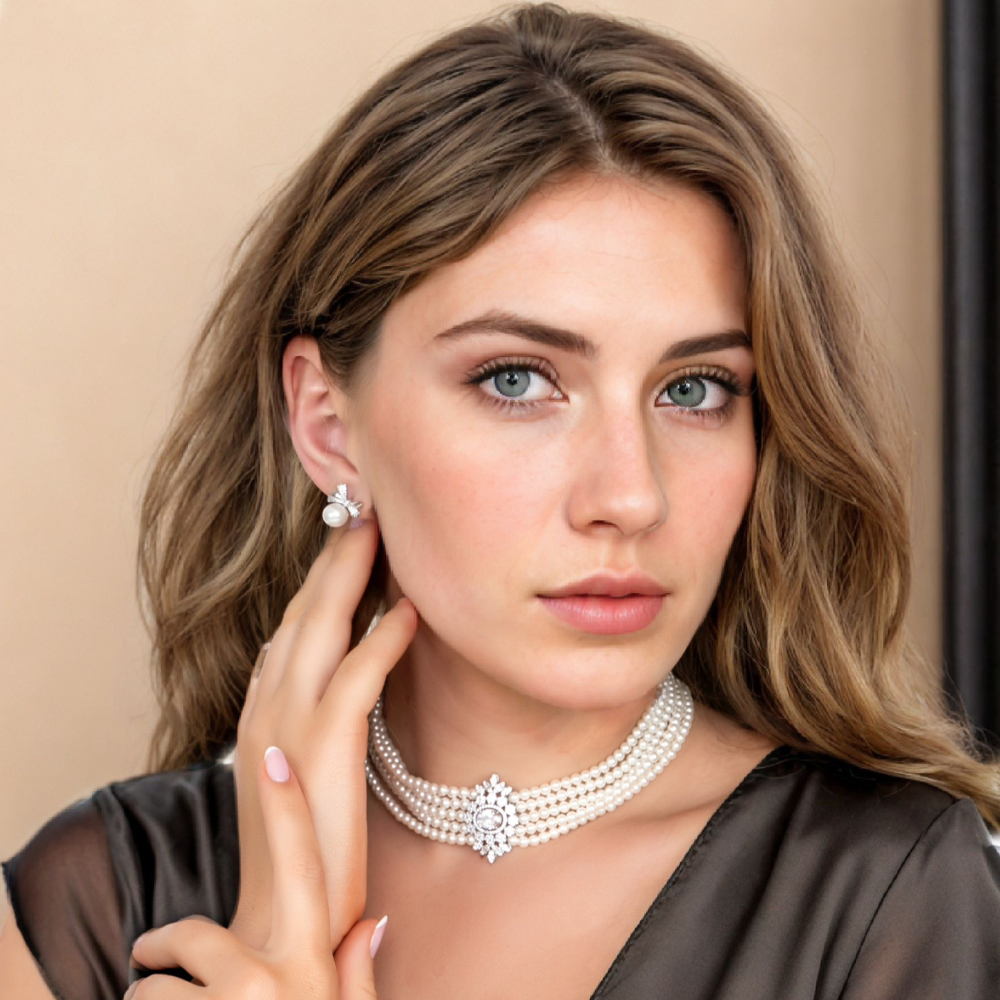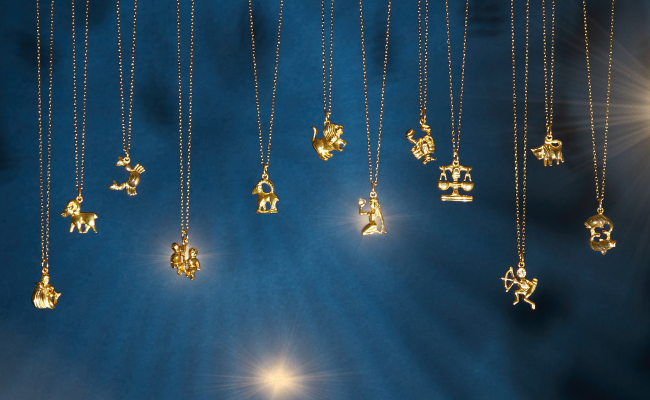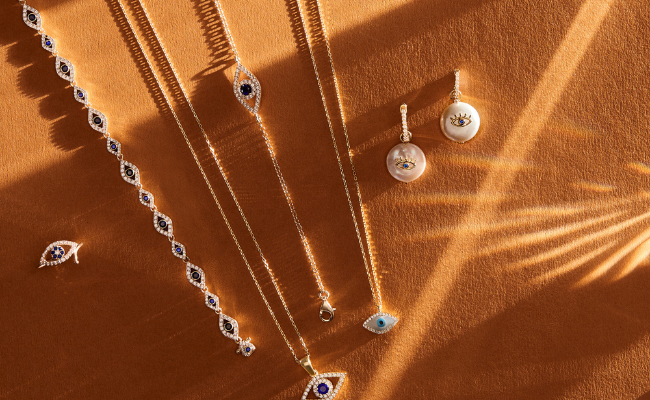
The Beauty and History of Pearl Jewellery: What Makes this Timeless Gem Special
For centuries, pearls have been cherished as symbols of beauty and elegance. These lustrous gems have been coveted by royalty and luxury-seekers alike, and their allure has only increased with time. But what exactly makes pearls so special? In this blog post, we'll explore the history and beauty of pearl jewellery, and reveal what makes this timeless gem so captivating. So read on to learn more about these stunning stones!
The beauty of pearl jewellery - why they have been coveted for centuries
Pearl jewellery holds an otherworldly beauty that has made it coveted for centuries. Whether they are in the form of their natural shapes, or crafted into exquisite pieces of art, pearl jewellery captures the eye and engages the senses with its elegant pearl hues. Pearls come in a variety of shades, types and shapes; each granting its own unique characteristics, allowing pearl jewellers to craft dreamy necklaces and bracelets like never before. As evidenced by being worn by royalty throughout history, pearl jewellery demonstrates not only a timeless beauty but also a social status symbol derived from the care needed to obtain such precious materials.
The different types of pearls - freshwater, Akoya, Tahitian, and South Sea
Pearl jewellery has been around for centuries, and has never gone out of fashion. Within pearl jewellery, there are many different types to choose from - freshwater, Akoya, Tahitian and South Sea pearls all add their own special touches to make pearl jewellery truly magnificent. Each pearl has its own unique characteristics that differ from the others; freshwater pearls come in many shapes and sizes, Akoya pearls offer a “classic” look in pearl jewellery making them popular for pearl necklaces & earrings, Tahitian pearls add an array of dark colours perfect for bracelets & rings, and South Sea pearls bring an air of opulence with the most beautiful shades. Whether you're looking for something special or just wishing to express your love of pearl jewellery, no matter what type you choose you can be sure it will always have timeless elegance.


Akoya
An Akoya Pearl is a type of saltwater pearl produced by the Akoya oyster, which is native to the warm coastal waters surrounding Japan. Akoya Pearls are the most popular type of pearl in the world, and they range from white to cream with a beautiful lustre.
South Sea Pearl
A South Sea pearl is a type of saltwater pearl produced by the Pinctada maxima oyster, which is native to tropical regions in the Indian and Pacific oceans. These pearls are often large and round with a thick nacre layer that gives them an incredible lustre. They come in natural colours including white, golden, silver-white, cream-white, rose and gold with overtones ranging from blue to green. South Sea pearls can be more valuable than other cultured types due to their larger size and intense colour range.
Tahitian
Tahitian pearls are a type of saltwater pearl produced by the black-lipped oyster, which is native to French Polynesia. These pearls are renowned for their deep, intense colours that range from dark Gray to black and peacock green. Tahitian pearls can also exhibit overtones of pink, yellow, blue and purple. Tahitian pearls are typically larger than other types of cultured pearls, with an average size of 10-14 millimetres. Because of their rare colour and size, Tahitian pearls can be quite valuable.
Freshwater
Freshwater pearls are a type of pearl produced by freshwater mussels. These pearls can vary in colour, shape, size and texture and as a result, they are often more affordable than other types of cultured pearls. Freshwater pearls also tend to be smaller in size than other types of cultured pearls, with an average size ranging from 3-10 millimetres. While they don’t have the same intense lustre or colour as other types of cultured pearls, they are still highly sought-after due to their affordability.
The different colours of pearls - white, black, pink, and everything in between
Have you ever found yourself admiring pearl jewellery, inspired by the various colours it displayed? Well, you may already know that pearl jewellery comes in many different forms, from white to black and from pink to every pearl shade in between! The truth is that pearls come in almost any colour imaginable - from rainbows of pastel hues to blends of vibrant tones. With so many shades available, pearl lovers are sure to find something for their individual taste and style. Whether you prefer bright pink or classic white pearls, choose a colour that suits your personality and bring out your inner beauty!
How to care for your pearl jewellery - cleaning and storing tips
Taking proper care of pearl jewellery can help it stand the test of time and maintain its natural beauty. Knowing how to care for pearl jewellery effectively ensures you can admire these unique gems for years to come. First, it's important to clean pearl jewellery gently with soap and water or mild pearl cleaner after each use. Allow the pearl jewellery to air dry naturally on a soft cleaning cloth, as towel drying may cause damage. Secondly, make sure to store pearl jewellery separately in a lined jewelry box or protective pouch to reduce potential damage from contact with other items. As pearls are more delicate than other gemstones, this extra step is especially important! With these simple steps, your pearl jewellery will stay looking beautiful for many years to come.
Pearl jewellery history - from ancient Egypt to the modern day
From its humble beginnings in ancient Egypt, pearl jewellery has come a long way. Thousands of years later, pearl jewellery is one of the most popular types of jewellery today, with people around the world wearing pearl necklaces and pearl earrings as an everyday accessory. However, pearl jewellery also holds tremendous amounts of historical significance. In ancient Egypt, pearls were associated with royalty and power, often gifted from kings to their queens or from the ruling family to their loyal subjects. To this day, pearl jewellery remains deeply rooted in many cultures around the world due to its unique shape, colour and type that make it truly special. From freshwater pearls set in simple gold chains to South Sea pearl necklaces encrusted with diamonds - pearl jewellery has something for everyone and we are sure you will find something you love!
In conclusion, there is no doubt as to why pearls have been a sought after gem for centuries. From their varied shapes and types, to the beautiful range of glimmering colours - pearls bring a timeless sophistication that can easily be incorporated into any wardrobe. Whether you opt for the traditional freshwater pearls or make a bold statement with colour-changing Tahitian specimens - make sure to get acquainted with all that they entail, in order to properly care for these valuable treasures. Distinguish what pearl jewellery means to you, and how it could become a striking piece within your own personal story by way of its rich history that spans from ancient Egypt all the way up to today - shop our collection of pearl jewellery here.



















